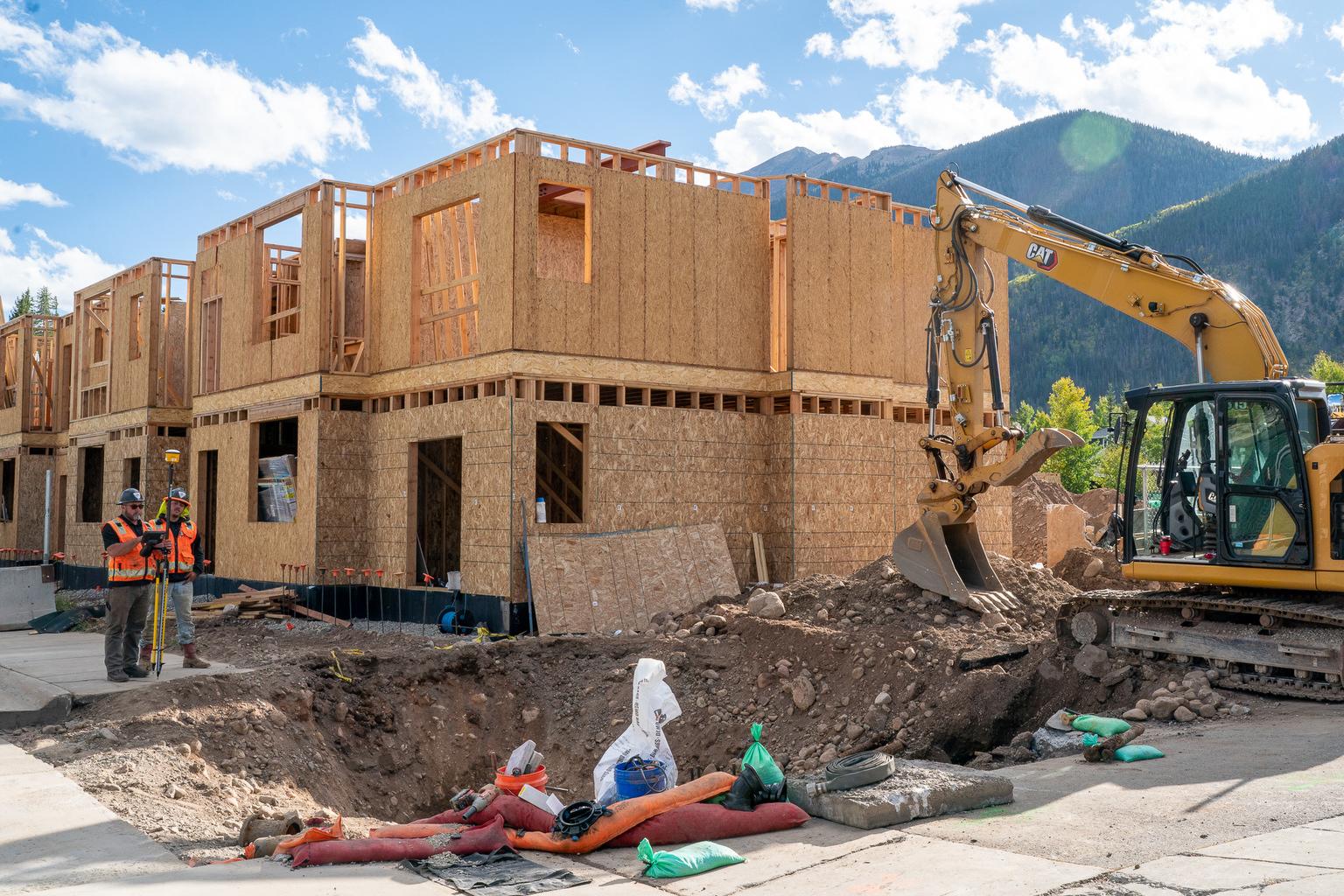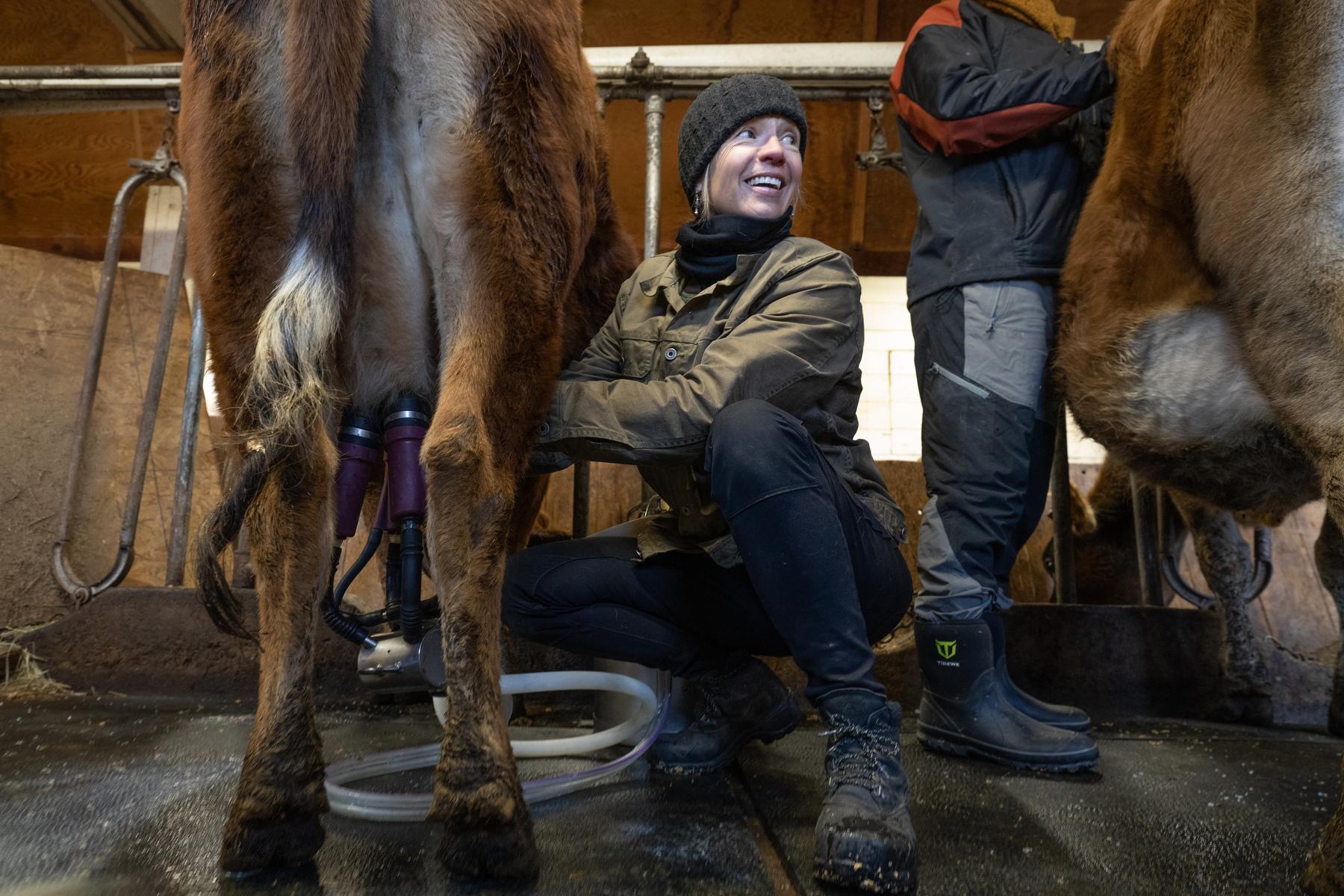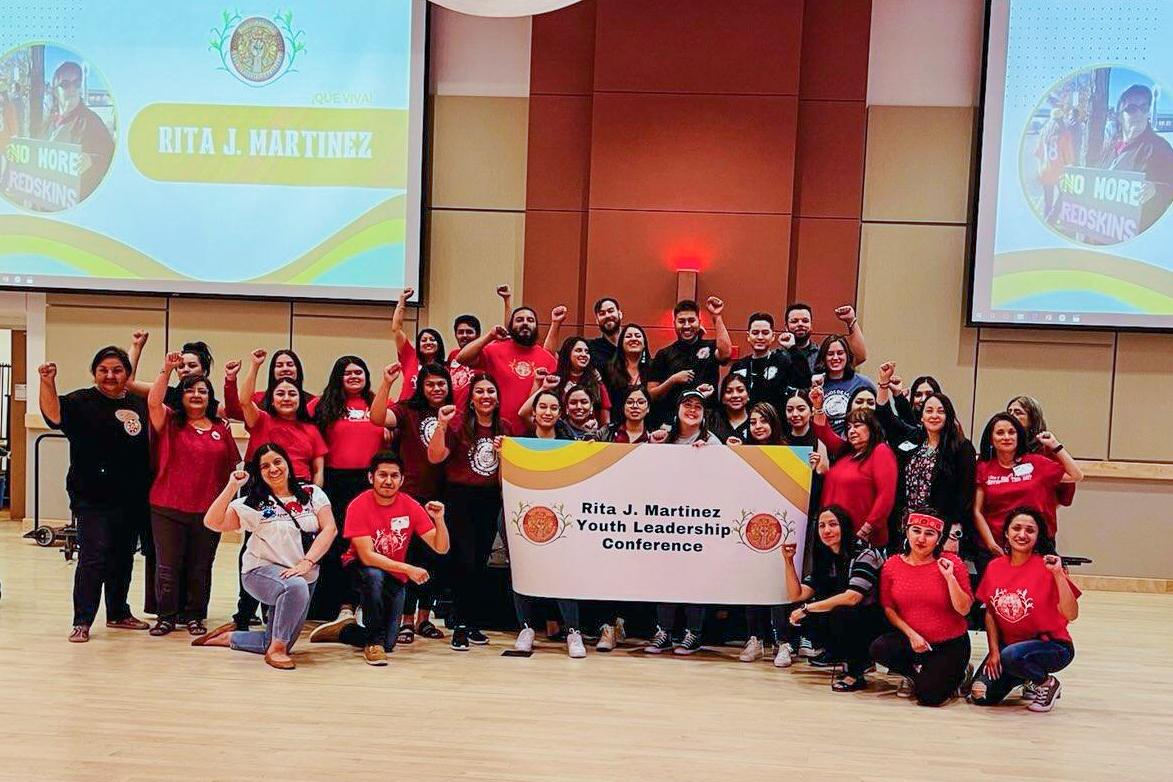Picture the street where you live. Now imagine that same street without any trees. Just homes, maybe a sidewalk, asphalt. Does that change your perception? Dennis Will thinks it would. He’s the interim city forester for the Colorado Springs Parks and Recreation Department.
The city of Colorado Springs is currently conducting a survey of the urban tree canopy. Will says the goal is to understand what kinds of trees are where, and find places the city can add more, while cutting back on long term costs.

He stands next to a green ash tree on the southeast side of Colorado Springs. It’s on the berm, or the patch of land between the sidewalk and the street, which makes it the city’s responsibility. Will refers to it as a street tree.
“This has been a problematic tree for us for a while,” Will says. “This tree has been losing large diameter branches and stems, especially in the last couple three wind storms that we had.”
Four men in hardhats and protective glasses are hard at work. Two are near the top of the tree, which is about 50 feet tall, in bucket trucks.
Green ash trees are a non-native species to Colorado. Will says that’s the same for almost every single tree we see, making them stressed out by the climate and weather.
“What they’re doing is called a structural prune,” he says referencing the arborists deep in the trees branches. “[They’re] increasing the structural integrity of the tree, taking some of the heavy weight and the load off the branches, raising it up, eliminating those branches that are not quite doing their job.”
As an industry standard, Will says the city’s forestry department should touch—physically examine and maintain—each tree at least once every seven years. The first touch is when the tree is planted, followed by pruning. Then maybe come back and spray it for insects or more trimming. At the end of the trees lifespan, it would be removed.
That standard, though, is something Will says is impossible to keep up with unless you have a large workforce. The forestry division for the city of Colorado Springs has 10 full-time employees. Estimates put the number of trees at close to 200,000. Will says with the current number of people, it would take 104 years to go through every tree.

But, thanks to money from an anonymous donor, the city has hired an outside firm named Plan IT Geo to conduct an assessment aimed at providing a glimpse of the canopy in a way that would be impossible for the small forestry department to do otherwise.
Plan IT Geo’s first project was with the city of Denver in 2006. Since then, CEO Ian Hanou says they’ve done similar analyses for more than 300 cities across the U.S. and Canada. And now, they’re working with Colorado Springs.
“So we have a current canopy analysis of the entire city that’s very detailed, analyzing, aerial imagery,” Hanou says describing the Colorado Springs project. “And then we have two time periods one before and one after the drought that are looking at the overall percentage of tree cover and how that’s changed.”
The aerial images date back to the late 90s and will be paired with a plotted map of trees in several locations across the city.
Hanou describes the aerial images as a top down approach. The plotted map, he says, is a bottom up approach looking at more detailed information like the variation of tree species and the size of the trees. The goal is to shed light on the composition, size, health and diversity of the canopy.
Back at the green ash tree, Dennis Will points out other trees in the neighborhood. He identifies a "healthy mix" of species— Colorado Blue Spruce, Silver Maple, Ash, Douglas Fire, Bristlecone Pine— which he says is a good thing.
“Because insects and diseases are very host specific. Whereas if it’s mixed, because [of that] specificity of insects and diseases, then they can’t cross from one tree to the next.”
The assessment is expected to be completed this fall.









